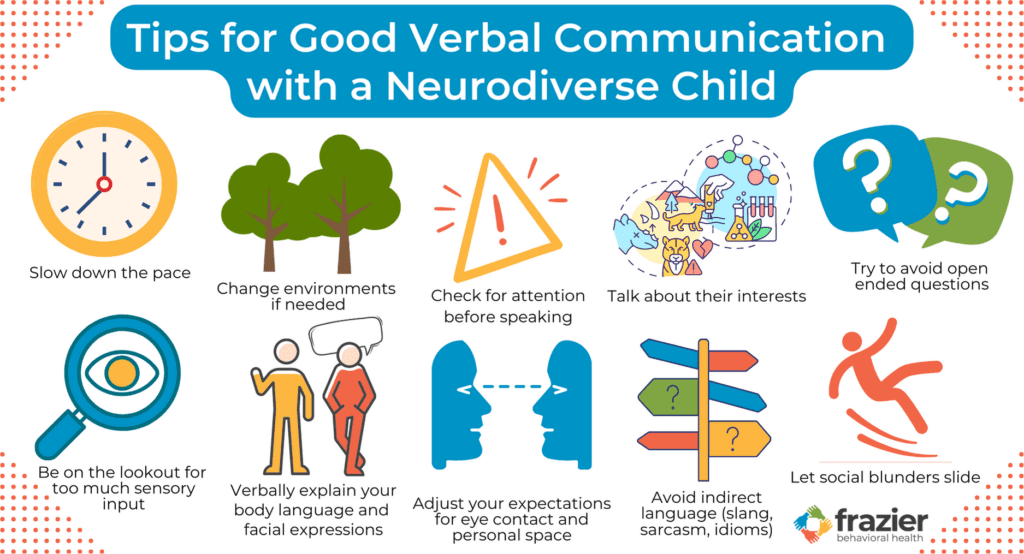When the temperature plummets, it’s time to bring out the thick coats, wooly hats, and lots of layers. For people with sensory challenges, however, it can be especially uncomfortable. But you don’t have to stay indoors and miss out on winter activities – try these simple tips to help you stay warm without discomfort.

Consider compression clothing – Compression garments offer a bit of pressure that can have a calming effect. Think about using compression clothing as a first layer – perhaps an undershirt, leggings, and gloves. These can go under your regular clothes to make bulky or heavy clothing and outerwear more bearable.
Desensitize first – Before you load up on winter clothes, desensitize your skin. You can use an exfoliant or brush, or whatever works for you. Use pressure and massage to prepare skin for the sensation.
Check the feel – When you’re shopping for cold weather gear, it’s important to feel the fabric yourself. Acrylic, cotton, nylon, wool, and other fabrics can all feel scratchy or soft depending on the way they’re made and used in a garment.
Take stock of past favorites – Chances are, you already have cold weather clothing in your closet. What are your favorite pieces made of? What makes them more comfortable than other options? Identifying what has worked in the past can help you make similar choices when shopping for new duds, whether at a store or online.
Don’t overheat – That hot and prickly feeling is no fun, and overheating can magnify sensory issues. Remove layers as needed to avoid sweating in cold weather (while protecting against frostbite and exposure, of course).
Go label-free and seam-free – Search for tag-free and seam-free brands to try. If you already have some warmer weather clothes you like from a certain brand, check out their winter options. You may be pleasantly surprised by what is available.
Start slow – Going from a t-shirt to a snowsuit is a huge leap. But generally, the weather doesn’t go from hot to frigid in a day. As the temperatures outside begin to cool down, practice wearing some cold weather clothing, starting with just a few minutes. This will help your sensory system get used to the additional layers and textures.
Do something fun – Having an enjoyable activity to do outside can help you overcome an aversion to the layers. And when you get back inside, celebrate!
Frazier Behavioral Health is dedicated to delivering evidence-based, individualized therapy for children and adults with behavioral, physical, social, communication, and sensory issues. Our mission is to assist these individuals in becoming their best selves and create enhanced outcomes at home, at school and in the community. Contact us today to learn more.


